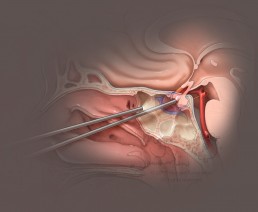This mock journal cover illustration describes two critical steps in an endonasal approach to remove a pituitary microadenoma. It was completed for our surgical illustration course, in which we observe and sketch procedures in the operating room, describe the surgical steps with a series of sketches, and complete one illustration to represent an example of the finished style.
In this post, I’ll go through this process, from OR sketches to completed illustration.
Procedural sketches in the OR
For these sketches, we try to keenly observe and capture every detail seen and heard during the procedure. We sketch the procedural steps alongside instruments, suture patterns, tissue textures and removed specimens.
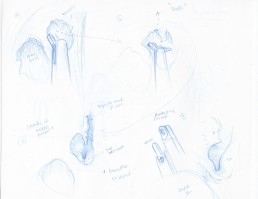
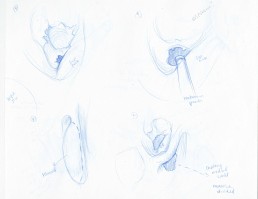
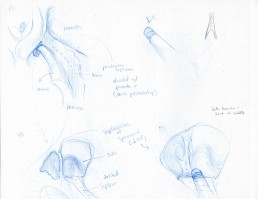
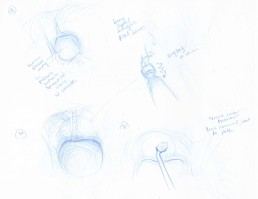
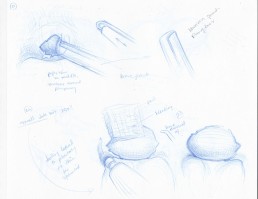
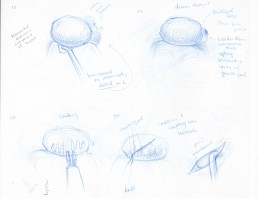
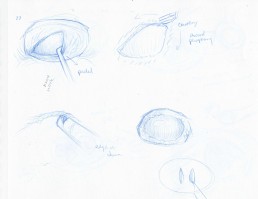
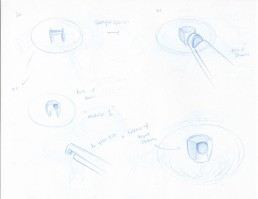
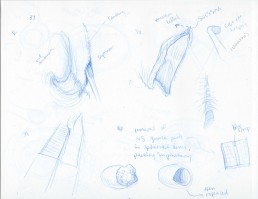

Laying out sketches in an intended format
Using the patient’s MRI and CT scans to understand the specific nasal anatomy and tumor tissue seen during the surgery, I created a series of sketches that depicted each step of the procedure.
I then arranged these sketches in a journal article format for the Journal of Neurosurgery. This gives a sense of how the final illustrations would look if they were to be published. I included labels on my sketches for easier understanding, and placeholder text represents the accompanying text that would be present in an actual published journal article.
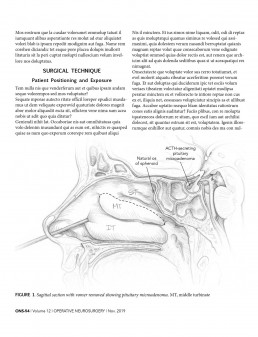
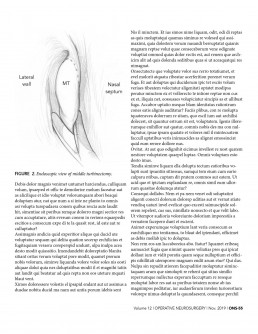
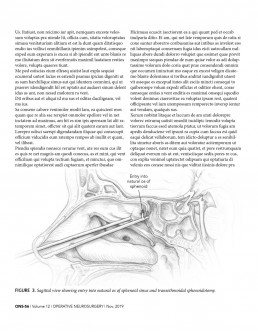
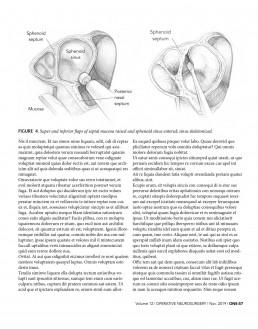
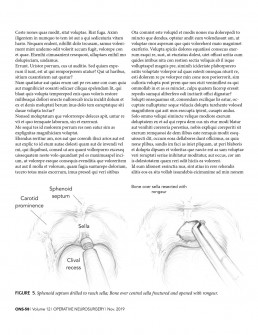
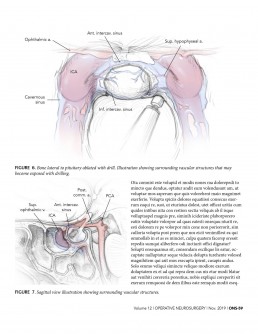
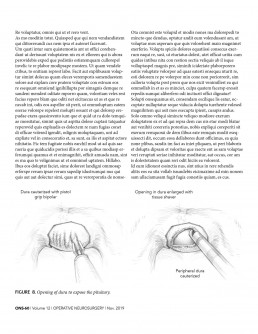
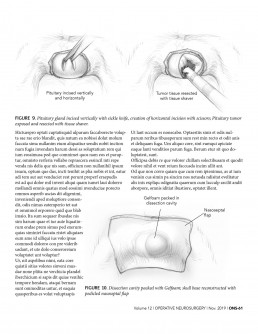
Creating the mock journal cover illustration
For the mock journal cover, I combined sketches of the important surgical steps that avoid critical vascular structures.
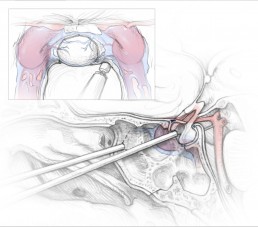
The inset, shown from the surgeon’s endoscopic view, describes exposing the pituitary gland by drilling the bone lateral to the pituitary. The underlying carotid arteries, cavernous sinuses, and intercavernous sinuses are shown. The main image shows a sagittal view of the tumor removal step and the proximity of the vascular structures. The intercavernous sinuses are seen in cross section.
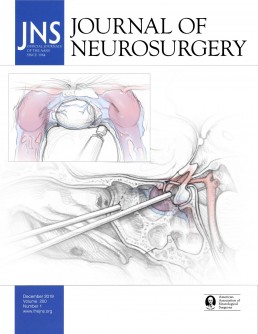
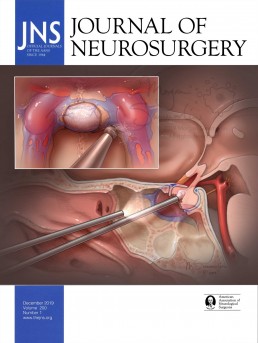
The completed mock cover illustration for the Journal of Neurosurgery, compared with the original sketch.

